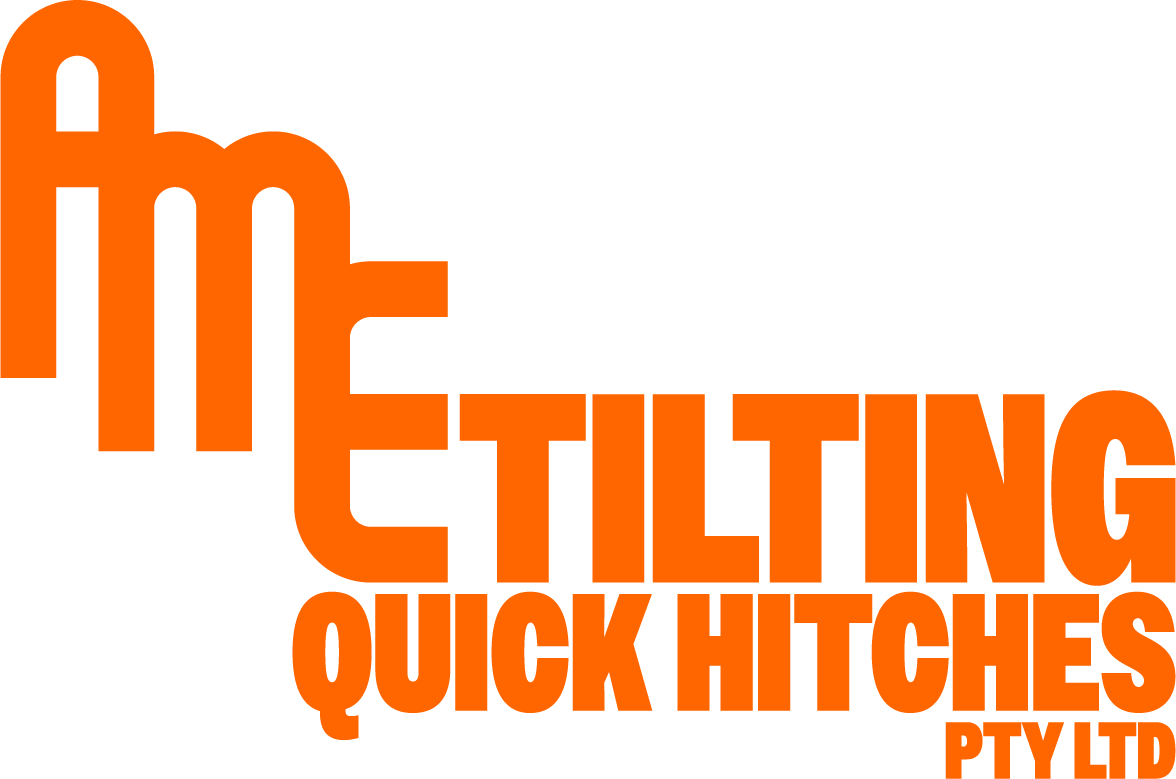Hitch Won’t Secure, Lock or Stay in Place
Refer to this guide if you encounter problems with your hitch securing, locking or staying in place when attached to your excavator arm.
Disclaimer:
Safety First!
Cease Operation Immediately: If your hitch experiences issues locking or securing in place, stop using the equipment immediately to avoid potential hazards.
Stay Clear of the Hitch: Never stand under or near the hitch or any load being lifted. Falling hitches or loads can cause severe injury or death.
Seek Professional Assistance: If you lack the necessary mechanical skills or qualifications, do not attempt to repair the excavator or hitch yourself. Contact your local excavator dealer or AME for professional help.
Parts and Repairs: Always use appropriate spare parts to repair your excavator or hitch. Follow your excavator’s operating manual or dealership advice when repairing or replacing excavator components. AME can provide spare parts and repair kits for your hitch. You also have the option to send the hitch or specific components to AME for expert repairs and maintenance. Contact us for more information.
Remember, safety is paramount. Follow Safe Work Australia guidelines and seek professional assistance to prevent accidents and ensure the longevity of your equipment.
-
Inspect the locking mechanism and pins for wear and tear, and check for visible deformations or damage, such as thinning metal, cracks, or bends. Wear and tear can compromise the ability of the hitch to lock securely. Identifying and addressing these issues early can prevent malfunction and ensure safe operation.
Q. Are there signs of wear in the locking mechanism and/or pins?
Yes: Contact us to arrange repairs, refurbishment or a trade up.
No: Proceed to check the attachment fit for the machine.
-
Incorrectly sized attachments can cause instability and prevent the hitch from locking properly. Ensuring the correct fit maintains secure attachment and optimal performance. Ensure the pin centre size matches the specifications for your machine. Measure the pins and compare them to the excavator manufacturer’s specifications. Loose or ill-fitting pins indicate incorrect sizing. You can find our hitch specifications here.
Q. Is the attachment the correct fit for your machine?
Yes: Proceed to check the valve in the hitch cylinder.
No: Cease using the hitch on your machine. Change machines, hitches or contact us.
-
Unscrew the valve and check for debris.
Debris can block the valve and prevent it from functioning correctly, causing the hitch to fail to lock or secure properly. Carefully unscrew the valve from the hitch cylinder. Look inside for any dirt, metal shavings, or other debris.
Q. Is debris present?
Yes: Remove any detected debris and flush the oil system using the recommended hydraulic fluid. Follow the manufacturer’s guidelines for flushing procedures.
No: Proceed to check o-rings.
Ensure o-rings are in good condition (i.e., not cracked or hardened).
O-rings seal the valve and ensure proper hydraulic function. Damaged o-rings can cause leaks and malfunction. Replacing worn o-rings maintains the integrity of the hydraulic system. Inspect the o-rings for any signs of wear, cracking, or hardening.
Q. Is wear present?
Yes: Replace worn o-rings with exact replacements. Use the same width, thickness, and diameter for replacements. Contact us for correct o-rings to avoid incorrect sizing. Incorrect replacement will void your warranty.
No: Proceed to check piston movement.
-
Direct compressed air into the valve to check if the spring in the piston opens. If they are stuck, oil can't get through. The spring should pop out while air is flowing and return to the starting position when air ceases flowing.
Q. Did the spring pop out and return to the starting position?
Yes: Proceed to check oil supply.
No: Contact us to arrange repair or replacement.
-
Check oil supply to the hitch and ensure it is flowing. Inspect the hydraulic lines for blockages or leaks. Ensure the oil reservoir is full and the pump is working correctly as per your equipment’s operations manual.
Q. Is oil flowing correctly through your machine and hitch?
Yes: Proceed to check spool valve.
No: Contact your local dealer or AME to arrange repair or replacement components.
-
Check the spool valve on the machine for debris, which could occur from the breakdown of seals in hitch cylinders. Debris in the spool valve can disrupt hydraulic flow and function. Regular cleaning and inspection prevent operational issues. Inspect the spool valve for signs of debris or damage.
Q. Are signs of debris present?
Yes: Clean thoroughly to remove debris.
No: If there are signs of damage, or there is no debris and damage, and you are still experiencing issues then contact your local dealer or AME for further assistance.
